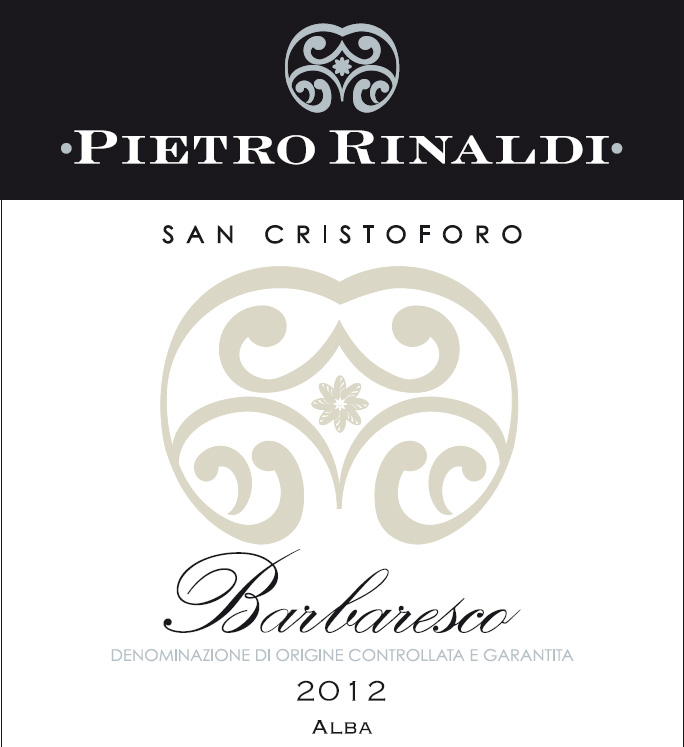2012 Barolo Red Blend
Pietro Rinaldi San Cristoforo, a remarkable red blend from the esteemed Barolo region, showcases the depth and character that Old-World wines are celebrated for. The 2012 vintage presents a captivating crimson hue, inviting one to explore its intricate bouquet. With a medium-bodied profile, this wine strikes a harmonious balance between its lively acidity and plush fruit intensity, making it both approachable and sophisticated. The tannins are notable yet well-integrated, offering a firm structure that supports the rich flavors of dark fruits and subtle spice. This red blend is dry, allowing its complex flavors to shine through, making it a perfect companion for hearty dishes or a cozy evening by the fire. Enjoy this gem as it beautifully reflects the terroir of Barolo, a region known for its exceptional winegrowing heritage.
Pietro Rinaldi San Cristoforo, a remarkable red blend from the esteemed Barolo region, showcases the depth and character that Old-World wines are celebrated for. The 2012 vintage presents a captivating crimson hue, inviting one to explore its intricate bouquet. With a medium-bodied profile, this wine strikes a harmonious balance between its lively acidity and plush fruit intensity, making it both approachable and sophisticated. The tannins are notable yet well-integrated, offering a firm structure that supports the rich flavors of dark fruits and subtle spice. This red blend is dry, allowing its complex flavors to shine through, making it a perfect companion for hearty dishes or a cozy evening by the fire. Enjoy this gem as it beautifully reflects the terroir of Barolo, a region known for its exceptional winegrowing heritage.




